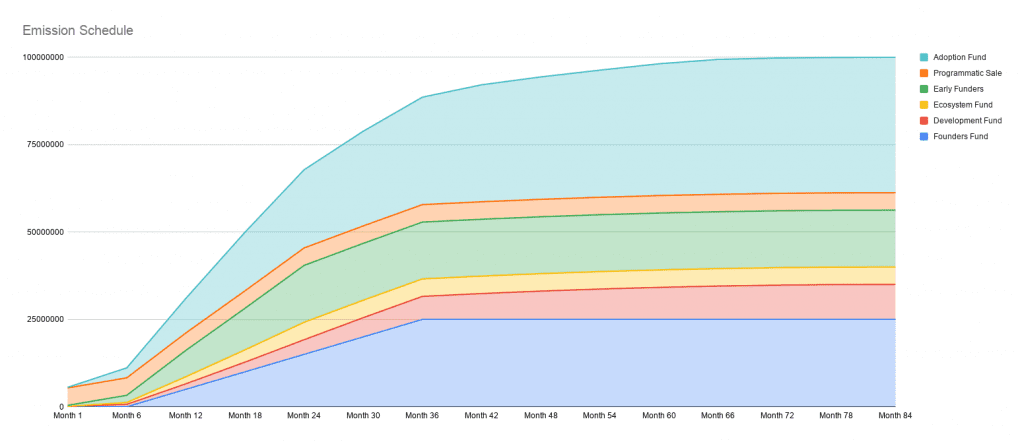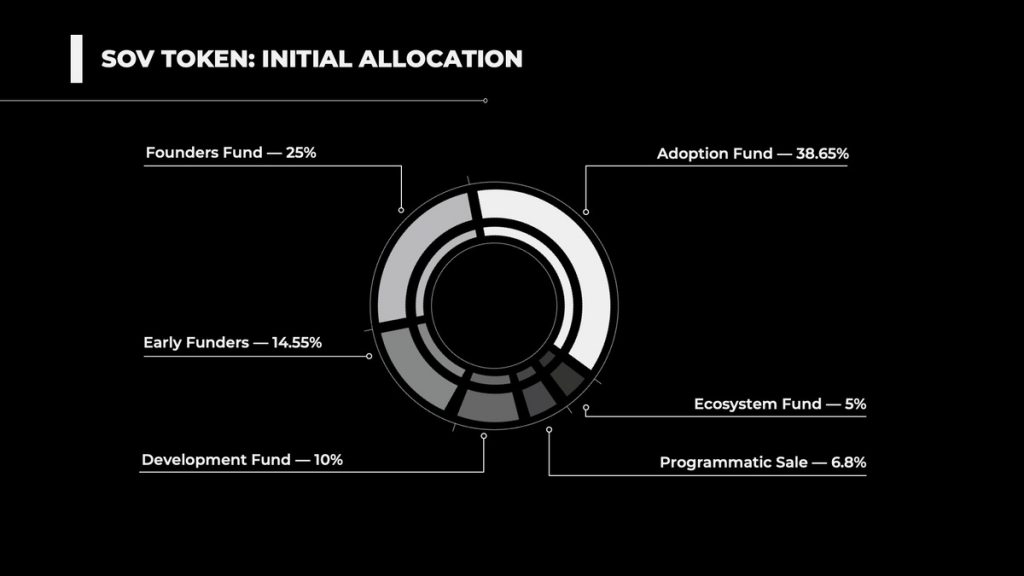
YEREVAN (CoinChapter.com) — Long before Jack Dorsey announced his payment service company Square’s intentions to build decentralized finance tools atop the Bitcoin blockchain, one startup had already achieved the mettle.
Named Sovryn, the startup came out in 2020 with a way to link DeFi with Bitcoin. In detail, Sovryn deployed its decentralized trading and lending services on Rootstock (RSK), a permissionless Bitcoin sidechain that supports smart contracts.
An extended solution
One can consider the RSK chain as a deputy to the head Bitcoin blockchain. Since the main chain, due to its limited block bandwidth, cannot process a higher number of transactions speedily, some developers have created sidechains to perform the heavy handling of traffic. These small chains execute the necessary trades and later add their information to Bitcoin main chain.
RSK can perform 400 transactions per second compared to Bitcoin’s 2.6 transactions per second capability. As a result, the sidechain’s performance appears even higher than Ethereum, which typically processes 20 transactions per second. However, with Ethereum’s ongoing upgrade to proof-of-stake, a process that replaces miners with validators, the leading smart contracts platform expects to perform 200,000 transactions per second.
Therefore, RSK appears to directly compete with Ethereum and many of its smart contracts rivals, including Cardano, Polkadot, and Solana. The only difference remains that RSK supports the Bitcoin blockchain while others have their respective ecosystems that operate independently of Bitcoin.
As for Sovryn, RSK enables it to become a globally decentralized company, with its core developers spread around the globe as they build, test, and add new DeFi tools to the main stack. Some of Sovryn’s most popular applications include a decentralized trading platform featuring synthetic assets, leveraged perpetual swaps, a lending/borrowing tool, and even a bitcoin-backed stablecoin.
Sovryn is also looking to deploy other sidechain solutions to scale its DeFi tools. Its founder Edan Yago stated in January 2021 that they would start building products on the Lightning Network in the future. He also noted that they were looking into multiple scalability platforms.
The HyperHODLing phenomenon
At its core, Sovryn is a platform for hardcore Bitcoin HODLers. HODL, which means Hold On for Dear Life, signifies users’ intention to hold bitcoin tokens for longer timeframes instead of trading them for other digital/traditional assets.
Using Sovryn, users can grow their Bitcoin stacks by lending them to other platform users for an interest rate. The protocol enables a lender to issue a peer-to-peer loan straight from their Bitcoin wallet. On the other hand, the borrower can use the tokens to place bullish bets on Bitcoin, again via Sovryn’s decentralized trading platform, without compromising their privacy, control or ideals.
Bitocracy—a decentralized governance model
Bitocracy is Sovryn’s bitcoin-native mode of governance. It gives voting rights to participants based on how much exposure they have in running the Sovryn ecosystem. Users who stake the protocol’s native token SOV (“stakers”) receive ballot power. Therefore, they can stake SOVs for as much as three years, during which the token’s liquidity gets discontinued, thus removing arbitrage opportunities that could lead to system abuses.
Also, at any time, Bitocracy participants can choose to hold a vote to improve or expand the Sovryn protocol. That includes proposals like modifying a smart contract, issuing a grant, initiating a bounty, etc. The proposal mechanism works in the order provided below:
- Participant(s) make a proposal in code.
- Stakers vote on the proposal
- If the proposal is approved, then an execution delay begins. If anyone disagrees strongly with the proposal, then they have this time to walk away before the proposal is executed.
As a result, the Bitocracy model attempts to make Sovryn a self-sustaining DeFi platform, especially by granting each user their full financial sovereignty.
SOV tokenomy
SOV enables users to manage the protocol by staking and voting. In doing so, they earn the right to the revenue the protocol generate from swapping, lending, borrowing and leveraging. The Sovryn protocol collects these fees and automatically distributes it to all stake holders.
Sovryn has also proposed to distribute the control of their smart contract keys among SOV holders.
Sovryn expects to have the SOV token supply of 100,000,000 fully diluted over the next 7 years. Following a token generation event in February 2021, the protocol started emitting SOVs at the rate of between .5%-1.5% of the supply per month. After August, it will unlock team tokens after their vesting cliff.
From there on, the protocol would begin unlocking SOVs (with the majority relocked to staking) at the rate of about 3% monthly for the next 18 months.

Out of the total 100,000,000 SOV, founders hold 25,000,000 SOV with a three-year vesting period. There is also an Early Founders group that have 14,520,400 SOV, 10-24 month vesting. Here is a graph showing allocations.

Could Sovryn succeed?
Sovryn directly competes with the DeFi sector massively built atop the Ethereum ledger. That is mainly because of Bitcoin sythnetic tokens such as Wrapped Bitcoin (WBTC), RenVM’s renBTC, KEEP Network’s tBTC, Binance’s BTCB and many others. As a result, Sovryn is among the only platforms that uses real Bitcoin at the core of its business model.
Atop that, many of Ethereum-powered Bitcoin solutions remain centralized. A single-handed custodianship increases users’ risks of losses to thefts. Also, crypto users traditionally do not prefer centralized products. Therefore, Sovryn shines higher in that department.
More tailwinds for the Bitcoin DeFi project comes from the involvement of high-profile backers. It has collected $2.1 million in a seed funding round led by Berlin-based venture capital firm Greenfield On, with participation from Tel Aviv-based Collider Ventures and San Francisco-based Monday Capital.
Sovryn further attracted $9 million investment from a group of partners, vetted for their strategic contribution and led by Anthony Pompliano’s Pomp Investments. Pompliano said following the investment:
“I’ve been impressed by the Sovryn project and the progress they’ve made in bringing DeFi to Bitcoin and ensuring the continued sovereignty of Bitcoin. We’re seeing increasing numbers of active, decentralised communities, like Sovryn making decisions about some investments rather than the traditional, centralised decision process. I’m delighted our proposal has been accepted and to be joining the Sovryn community.”
That shows that Sovryn is treading in a right direction. Meanwhile, as the DeFi grows into conscience of more mainstream firms, such as Square, projects like Sovryn expect to make the most out of it.


